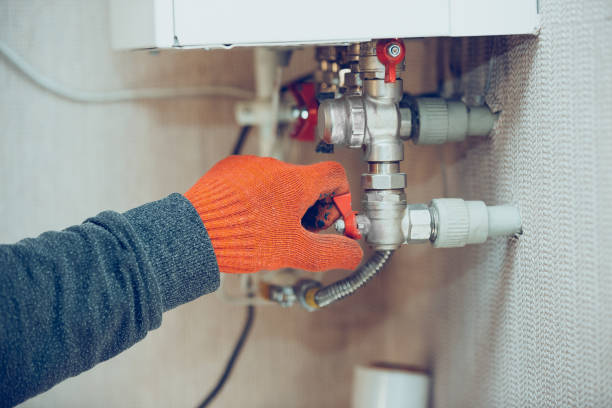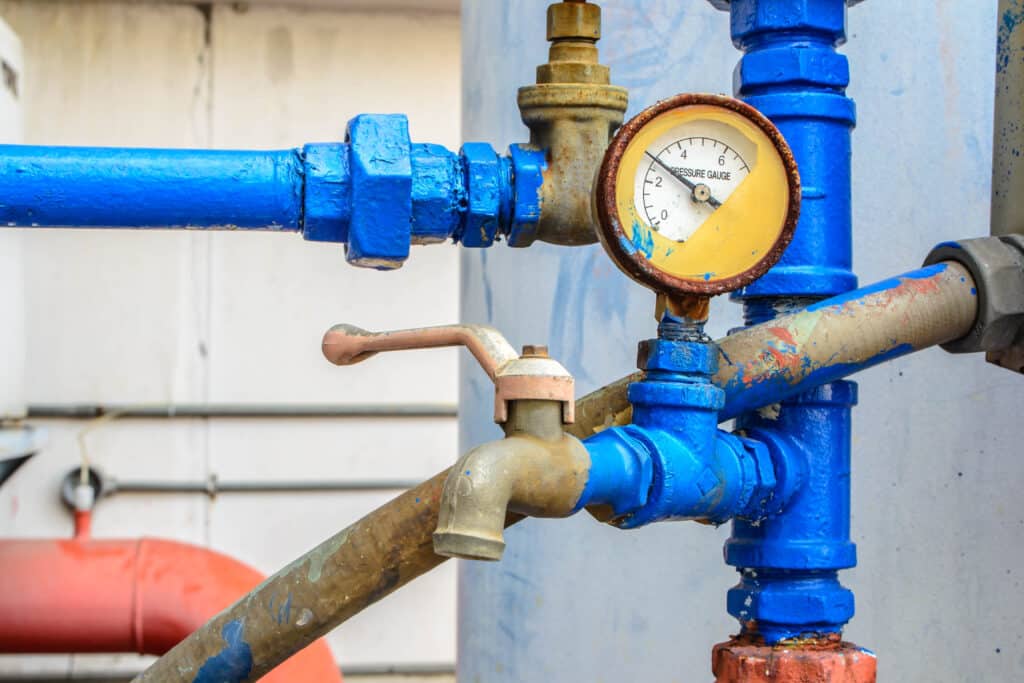Verified Methods for Addressing Low Water Pressure in Your Home
Verified Methods for Addressing Low Water Pressure in Your Home
Blog Article
They are making a number of good pointers about 4 Ways to Troubleshoot Low Water Pressure as a whole in this content further down.

Low water pressure in your house can be a discouraging trouble, impacting whatever from showering to cleaning meals. If you're experiencing weak water flow, there are several feasible causes and options to check out. In this overview, we'll talk about common factors for low tide stress and sensible actions to attend to the issue properly.
Introduction to Low Tide Pressure
Low water stress happens when the circulation of water from your taps, showers, and various other components is weak than typical. This can make daily tasks more difficult and less efficient. Understanding the root causes of low water stress is essential to finding the best service.
Typical Reasons For Low Water Pressure
Faulty Pressure Regulatory Authorities
Stress regulators are in charge of keeping constant water stress in your home. If they malfunction, it can lead to low tide pressure or irregular circulation throughout your house.
Municipal Water Supply Issues
Often, the issue exists outside your home. Metropolitan water system problems, such as main line leakages or maintenance work, can temporarily decrease water stress in your area.
Pipeline Obstructions
With time, pipes can become blocked with natural resource, debris, or particles, limiting the flow of water. This is a common issue in older homes with galvanized steel pipelines.
Corrosion
Corrosion within pipelines can result in leaks and lowered water stress. Corrosion accumulation can tighten water circulation, especially in aging plumbing systems.
How to Diagnose Low Tide Pressure
Checking Pipelines
Check visible pipelines for indicators of leaks, corrosion, or blockages. Focus on any uncommon sounds, such as knocking or rattling pipelines, which could show issues within the plumbing system.
Consulting with a Plumber
If you're incapable to pinpoint the cause of low water pressure, take into consideration hiring a specialist plumber to conduct a comprehensive inspection. They can identify underlying issues and suggest appropriate services.
Inspecting Faucets and Fixtures
Start by testing the water stress at various faucets and components throughout your home. If the issue is isolated to specific locations, it may show localized problems.
DIY Solutions to Repair Low Tide Pressure
Flushing Hot Water Heater
Sediment accumulation in the water heater can restrict flow and reduce effectiveness. Purging the container periodically aids eliminate sediment and keep ideal performance.
Inspecting Stress Regulator
Guarantee that the pressure regulatory authority is functioning correctly. Readjusting or replacing the regulator can help recover correct water pressure throughout your home.
Cleaning Up Aerators and Showerheads
Natural resources can collect in aerators and showerheads, reducing water circulation. Eliminate and clean up these components on a regular basis to boost water pressure.
Clearing Up Clogs in Water Lines
For minor obstructions, attempt utilizing a plumbing serpent or chemical drain cleaner to clear blockages in pipelines. Beware when using chemicals and adhere to safety and security guidelines.
When to Call a Specialist Plumber
If do it yourself initiatives fail to solve the issue or if you presume considerable plumbing issues, it's ideal to look for aid from a licensed plumber. They have the experience and devices to address complicated concerns securely and properly.
Safety Nets to Maintain Water Stress
Setting Up a Stress Booster
Think about mounting a pressure booster pump to enhance water stress in areas with regularly low flow. This can be particularly beneficial for multi-story homes or buildings with high-demand fixtures.
Tracking Water Use
Bear in mind water use routines and prevent overtaxing the plumbing system. Easy changes, such as incredible showers and washing lots, can help preserve ample water pressure.
Routine Maintenance
Arrange routine upkeep for your plumbing system to avoid problems such as corrosion, leaks, and clogs. Dealing with minor problems early can assist prevent more considerable fixings later.
Conclusion
Taking care of low water pressure can be irritating, however identifying the underlying causes and executing suitable services can bring back optimum circulation throughout your home. Whether it's cleaning aerators, evaluating pipes, or consulting with a plumber, taking positive actions can guarantee a constant supply of water for your daily needs.
FOUR WAYS TO FIX LOW WATER PRESSURE NOW
Turning on a shower or faucet only to find the water comes out in a sad, slow drizzle is never a good feeling. How exactly are you supposed to wash a pan or take a quick shower when it takes 10 minutes just to rinse off a little soap? The good news is that when your water pressure is bad, there's always a cause: typically one that can be easily fixed. Here are some of the most common causes of low pressure and what you can do to fix the issue:
DEBRIS AND MINERAL DEPOSIT BUILDUPS
If you notice low water pressure from just one or two of the fixtures in your house, the problem likely has to do with debris buildup. Water is full of minerals and other debris, all of which can accumulate in your pipes and on your fixtures. This can cause a blockage that affects how much water flows through. To fix this, try filling a small plastic bag with white vinegar, and use a rubber band to hang it around your showerhead or faucet. Let the head of the fixture soak for a few hours, and the vinegar should loosen the deposits.
WATER LEAKS
Leaks are another common cause of low water pressure. If water is flowing out of your plumbing through a hole or crack before it can reach your fixture, the pressure coming out of the faucet or showerhead will be lower. A plumbing professional is your best bet for finding and repairing a leak in your water supply pipes.
Leaks are another common cause of low water pressure. If water is flowing out of your plumbing through a hole or crack before it can reach your fixture, the pressure coming out of the faucet or showerhead will be lower. A plumbing professional is your best bet for finding and repairing a leak in your water supply pipes.
A VALVE ISSUE
If you have low water pressure throughout your home, check your main shut-off valve to make sure it's completely open. You may also want to see if there's a pressure-reducing valve installed. If there is, have a plumber help you adjust the settings to get the pressure you're looking for.
OTHERS USING WATER
Believe it or not, your low water pressure could be caused by your neighbors. If you notice low pressure at certain times of day, it may be because you and the people living next to you have similar schedules - when everyone is showering at the same time, the pressure will be lower in every home. Low pressure throughout the neighborhood may also be caused by an issue with your municipal water supply. If that's the case, call the supplier to see if they're working on the issue.
https://www.rotorooter.com/blog/water-leaking/low-water-pressure-fixes/

I hope you enjoyed our excerpt about 9 Reasons for Low Water Pressure in Your House. Many thanks for taking the time to read through our posting. So long as you enjoyed reading our post please make sure you remember to pass it around. I take joy in reading our article about Low Water Pressure in the House?.
Call Today Report this page